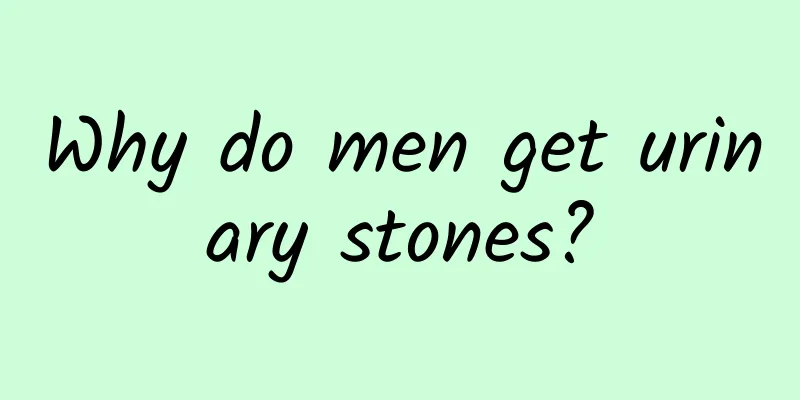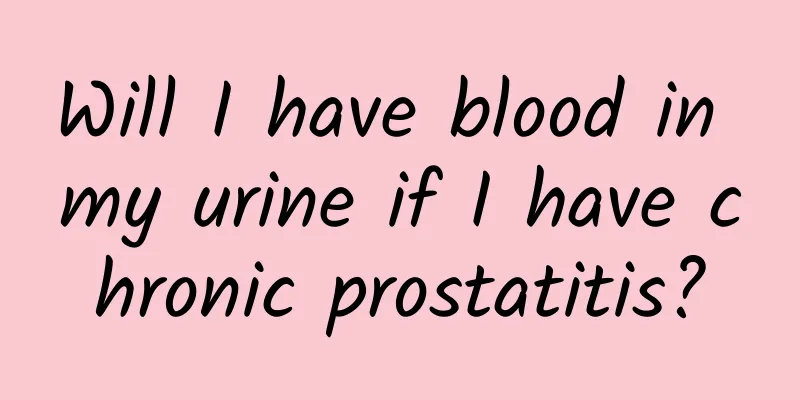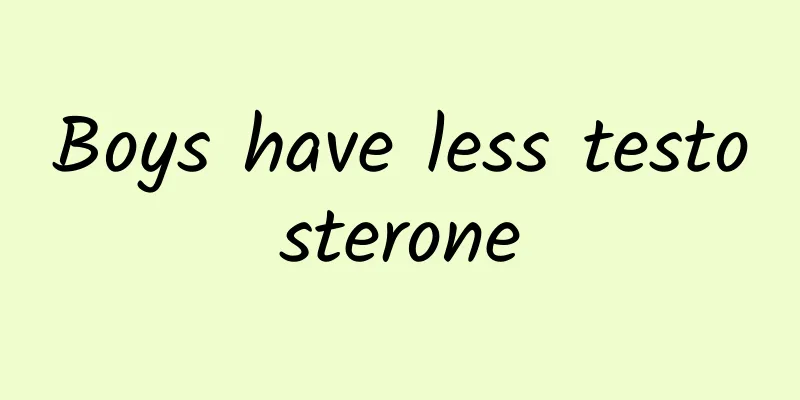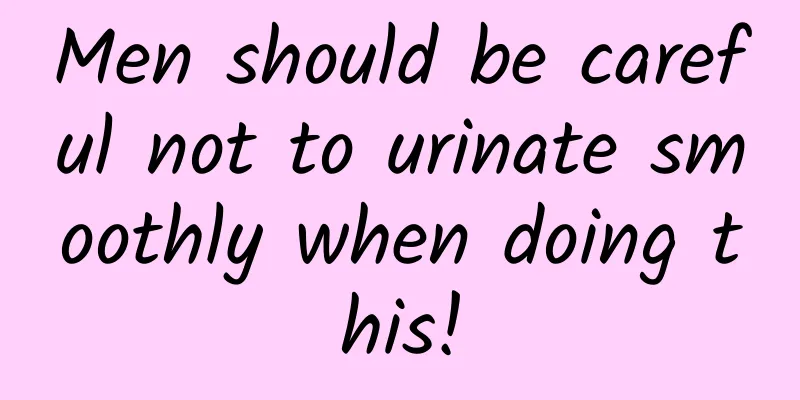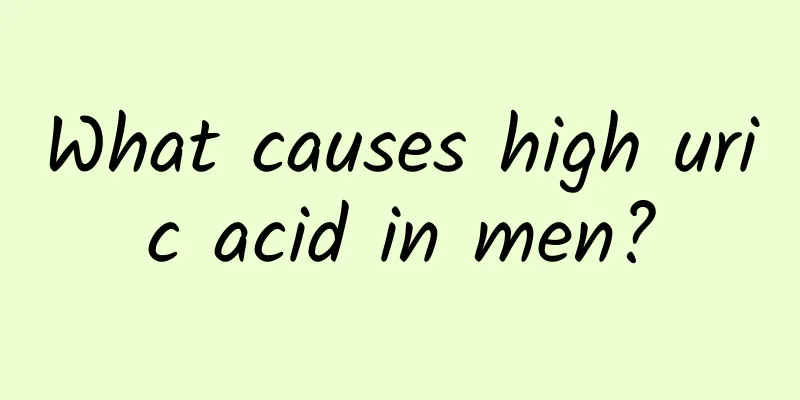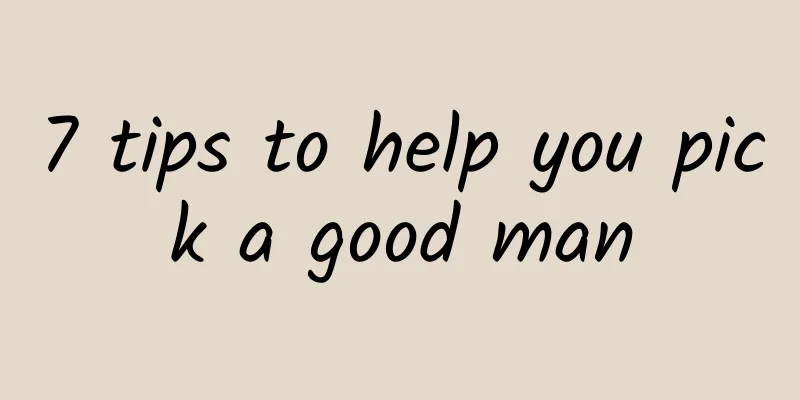Male genitalia diagram

|
The male testicle is the location of the male prostate gland, one on each side, oval in shape, suspended in the scrotum by the spermatozoa, about 4-5cm long, 3-4cm thick, and weighing about 15g each. It is the human organ that produces male somatic cells (i.e. male sperm) and is also a key endocrine gland that produces androgens. Internal structure of male testis: The surface of male testis has a thick high-density connective tissue membrane, called the tunica albuginea. The inner side of the tunica albuginea is loose connective tissue with rich and colorful blood vessels, called the vascular membrane. The tunica albuginea of male testis thickens between its bones and sinks deep into the male testis to form the male testis septum. The septum radially extends into the male testis essence, dividing the male testis into multiple lobules. Each lobule contains 1-3 curved seminiferous tubules, which converge at the top of the lobule to form a short and straight seminiferous tubule and enter the longitudinal septum. In the longitudinal septum, these tubules fit together to form a network to produce the male testicular network. From the male testicular network, 12-13 curved tubules are transmitted, called male testicular efferent ducts, which pass through the white membrane and enter the epididymal cyst head. The interstitial cells of the seminiferous tubules can metabolize androgens, promoting the growth, development and maintenance of male reproductive organs and male secondary sexual characteristics. The squamous epithelial cells of the seminiferous tubules have the function of producing sperm. The seminiferous tubules fuse together to form straight tubules, which are the ducts for sperm transportation. They finally converge and form a tube to enter the head of the epididymis and are discharged from the body through the ejaculatory duct. Epididymal cyst Epididymal cyst is formed by the epididymal duct winding at the edge of the male testis. There is fibrous tissue and honeycomb tissue in the middle of the tubule, which is divided into three parts: head, body, and tail. The male testicular head is composed of the efferent duct, and the wall thickness is composed of pseudostratified columnar epithelial cells with two kinds of body cells, one is columnar epithelial cells with microvilli; the other is low columnar metabolic body cells. The somatic cells are arranged in a high-low interactive manner, so the lumen is irregular and has a sawtooth shape. The body and tail of the epididymal cyst are composed of the epididymal duct, which is composed of pseudostratified columnar microvilli epithelial cells. The height of the epithelial cells is consistent, so the lumen is standard. The epididymal cyst is long, flat, and crescent-shaped, with one on each side, about 5 cm long, attached to the back side of the male testicle. The epididymal cyst has the functions of storing and excreting male sperm, promoting male sperm perfection, and providing male sperm nutrients through metabolic fluid. The physiological effects are based on the digestion, absorption, metabolism, and extraction functions of the squamous epithelial cells of the epididymal cyst. |
<<: What causes itching and peeling of the penis?
>>: How long does it take to squat to be as hard as iron?
Recommend
What should I do if I masturbate all the time?
Many men have experienced masturbation. For men w...
What is the fastest and best medicine for men to take to improve their sexual performance
What Chinese medicine is the best for men to take...
How can I remove cigarette stains from my teeth?
Nowadays, more and more people smoke. However, if...
What to do with aseptic chronic prostatitis?
Prostatitis is one of the main diseases that harm...
Why do I blush after taking aphrodisiacs?
Many men feel more and more powerless as they get...
What to do if the glans is too small
The shape of male genitals is an important factor...
Where is the best place for men to get hair transplant?
Men often have less hair or no hair on their head...
What is the reason for the pain on the left side of the lower abdomen of boys?
Some well-known doctors say that many boys often ...
What foods can enhance sexual performance?
What to eat to improve sexual performance has alw...
What are the side effects of male oral contraceptives?
Many people living in big cities are under great ...
What should men do if they can’t hold their urine?
Urinary incontinence is more common in children. ...
What should I do if my semen motility is low?
Many men are infertile mainly because of low sper...
What are the symptoms of anxiety and depression in men?
Among people who are prone to depression, the inc...
Causes of right-sided hemiplegia in men
Migraine is the most common type of primary heada...
Do fractures require surgery? Which fractures require surgery?
Fractures are a common type of trauma in daily li...
